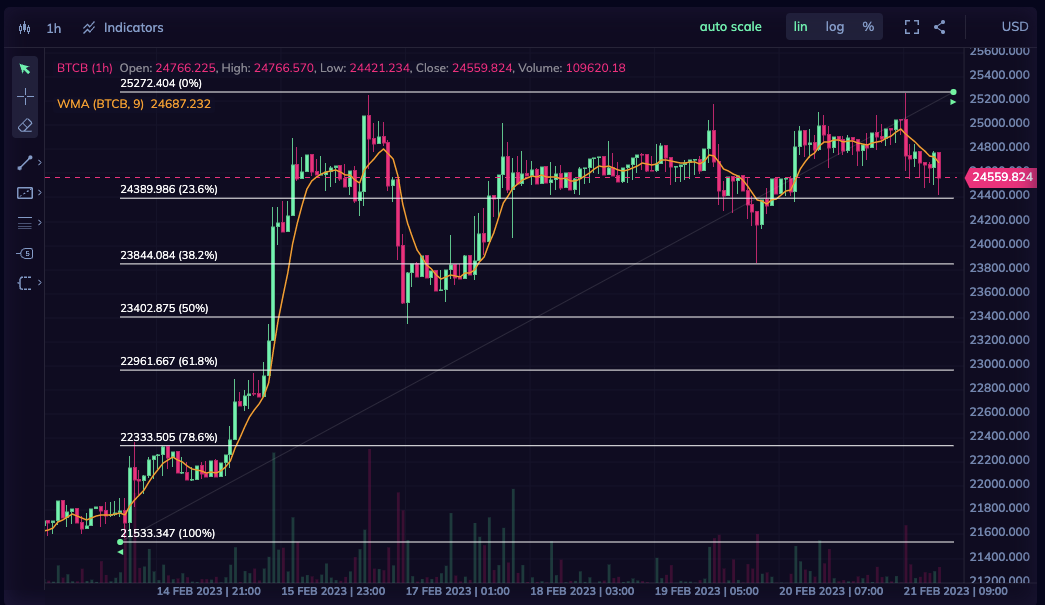On-Chain
The term "on-chain" pertains to any action, event, or data that takes place directly on a blockchain network.

The term "on-chain" is a core concept in the world of cryptocurrencies and blockchain technology. It refers to the processes, events, and data that occur directly on a blockchain network, providing transparency, immutability, and security. In this article, we will explore the definition of on-chain, its history, examples, how it works, and some interesting facts surrounding this fundamental aspect of the blockchain ecosystem.
Definition
In the context of cryptocurrencies and blockchain technology, the term "on-chain" pertains to any action, event, or data that takes place directly on a blockchain network. On-chain activities are recorded and stored within the blockchain's distributed ledger, ensuring transparency, immutability, and a traceable history of all transactions and events.
History
The concept of on-chain activities can be traced back to the inception of blockchain technology itself, with the launch of Bitcoin in 2009. Satoshi Nakamoto, the pseudonymous creator of Bitcoin, designed the first blockchain as a decentralized and transparent ledger that records every transaction, making it virtually tamper-proof. Since then, the idea of on-chain data and processes has become an integral aspect of various blockchain networks and applications, extending beyond cryptocurrencies to encompass smart contracts, decentralized applications (dApps), and more.
Examples and How It Works
- Transactions: When a user sends or receives cryptocurrencies like Bitcoin or Ethereum, the transaction is executed on-chain. This means that the transaction details are recorded in a new block and added to the blockchain, providing a transparent and immutable record of the transfer.
- Smart Contracts: On Ethereum and other smart contract platforms, the deployment and execution of smart contracts occur on-chain. When a smart contract is triggered, its code is executed directly on the blockchain, ensuring that the outcome is transparent, secure, and tamper-proof.
- Decentralized Applications (dApps): dApps built on blockchain platforms rely on on-chain activities for their core functionality. For example, a decentralized exchange (DEX) may use on-chain smart contracts to facilitate token swaps or a decentralized lending platform may use on-chain transactions to manage loans and collateral.
- Governance: Some blockchain projects implement on-chain governance, where token holders can participate in decision-making processes by voting on proposals directly on the blockchain. This approach ensures transparency, accountability, and a decentralized approach to governance.
Interesting Facts
- On-chain activities are often contrasted with "off-chain" activities, which occur outside of the blockchain network. Off-chain activities may include second-layer solutions like the Lightning Network for Bitcoin or sidechains for Ethereum, which aim to increase scalability and efficiency by moving some transactions and processes off the main blockchain.
- The transparent and immutable nature of on-chain data has led to the development of blockchain analytics tools and services, which help users explore transaction histories, track funds, and analyze network activity.
- On-chain activities typically require transaction fees or gas fees to be paid to validators or miners, who are responsible for securing the network and processing transactions. These fees can vary based on network congestion and demand.
Conclusion
The term "on-chain" is fundamental to understanding the underlying principles and functionality of blockchain technology. By providing a transparent, secure, and immutable record of transactions, events, and data, on-chain processes form the foundation of trustless and decentralized systems. As blockchain technology continues to evolve and permeate various industries, the concept of on-chain activities will remain a crucial aspect of this groundbreaking innovation.
You can examine on-chain transactions for tokens across various chains by visiting Dexer.io.




